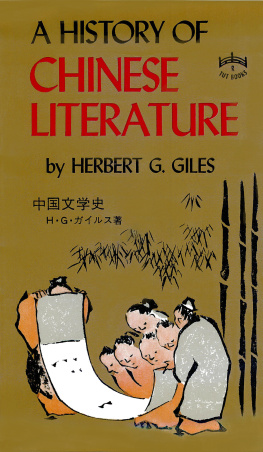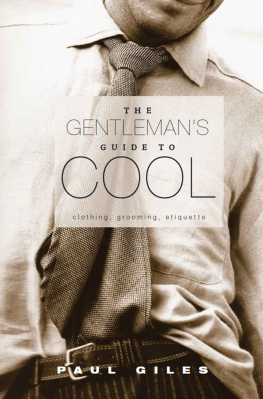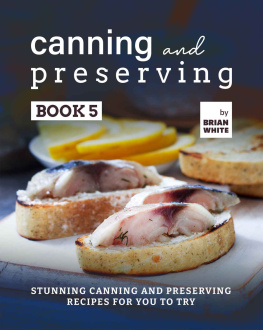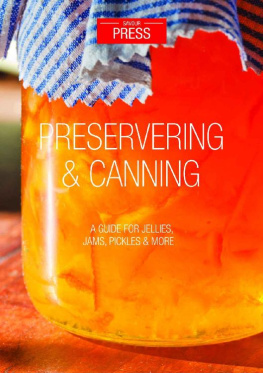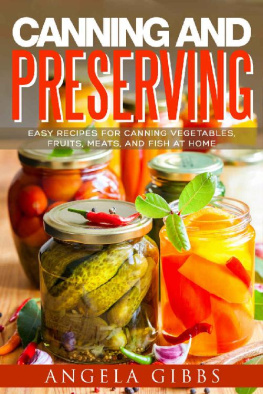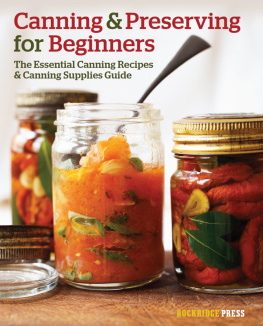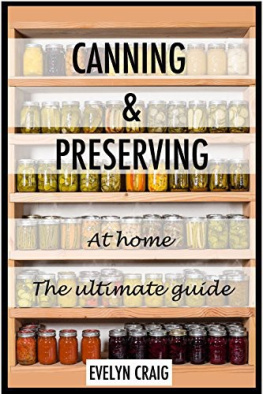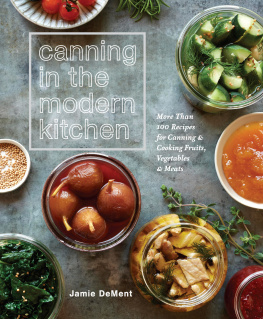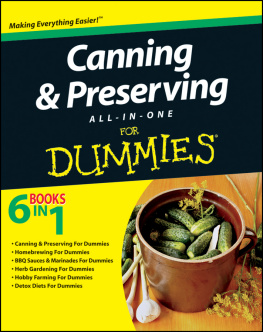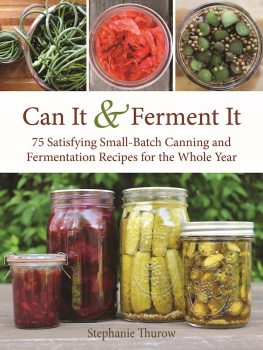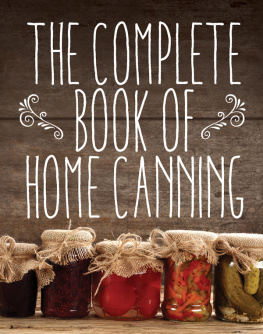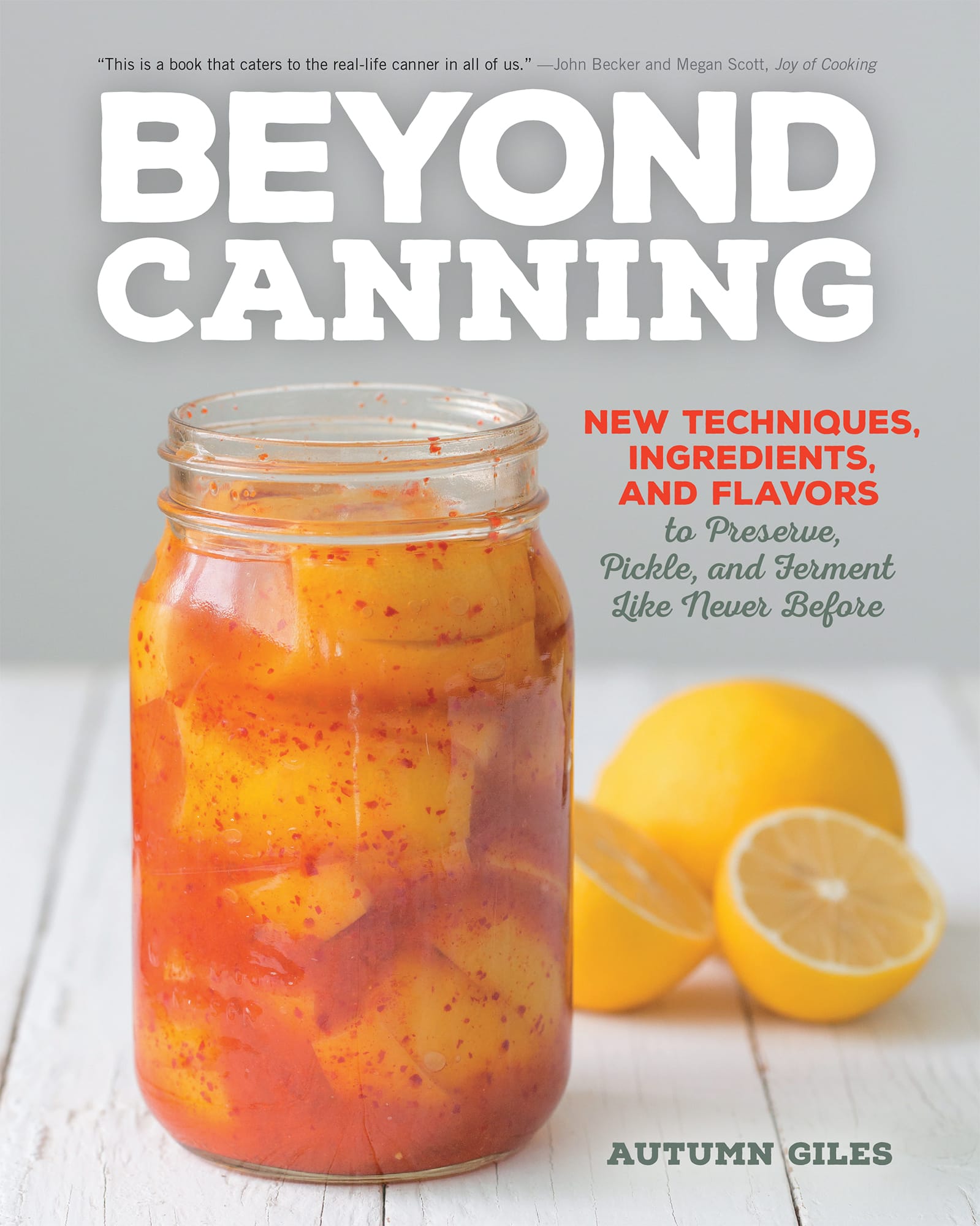
2016 Quarto Publishing Group USA Inc.
Text and illustrations 2016 Autumn Giles
Photography 2016 Grace Stufkosky
First published in 2016 by Voyageur Press, an imprint of
Quarto Publishing Group USA Inc., 400 First Avenue North,
Suite 400, Minneapolis, MN 55401 USA.
Telephone: (612) 344-8100 Fax: (612) 344-8692
quartoknows.com
Visit our blogs at quartoknows.com
All rights reserved. No part of this book may be reproduced in any form without written permission of the copyright owners. All images in this book have been reproduced with the knowledge and prior consent of the artists concerned, and no responsibility is accepted by producer, publisher, or printer for any infringement of copyright or otherwise, arising from the contents of this publication. Every effort has been made to ensure that credits accurately comply with information supplied. We apologize for any inaccuracies that may have occurred and will resolve inaccurate or missing information in a subsequent reprinting of the book.
Voyageur Press titles are also available at discounts in bulk quantity for industrial or sales-promotional use. For details contact the Special Sales Manager at Quarto Publishing Group USA Inc., 400 First Avenue North, Suite 400, Minneapolis, MN 55401 USA.
Digital edition: 978-1-62788-846-2
Softcover edition: 978-0-7603-4865-9
Library of Congress Cataloging-in-Publication Data
Giles, Autumn, 1984- author.
Beyond canning : new techniques, ingredients, and flavors to preserve, pickle, and ferment like never before / Autumn Giles.
pages cm
ISBN 978-0-7603-4865-9 (paperback)
1. Canning and preserving. 2. Pickled foods. I. Title.
TX601.G465 2016
641.42--dc23
2015031835
Acquiring Editor: Thom OHearn
Project Manager: Caitlin Fultz
Art Director: Cindy Samargia Laun
Book Design and Layout: Amy Sly
Illustrator: Paul Tunis
BEYOND
CANNING
NEW TECHNIQUES,
INGREDIENTS, AND FLAVORS
to Preserve, Pickle, and Ferment Like Never Before
AUTUMN GILES

CONTENTS
Guide
INTRODUCTION
My boyfriend and I learned quickly that when you buy a really old house in a really small town, everyone has a story about it. When word got out that we had purchased our first home, a bright pink, 110-year-old folk Victorian on our towns main drag, we were instantly inundated with pink house tales: Did you know it used to be yellow? Geronimo made tortillas on the porch, and, my personal favorite, I was married in your guest house because it used to be a chapel.
Before we even closed on our home, a friend of ours passed along a multipage, photocopied newspaper biography of Hattie, the woman who, in the early 1900s, raised eight children in our home, spoke many languages, andmost importantly to mefilled the cellar off the kitchen with home-canned food, which she subsequently gave away to those in need around town. After I learned Hattie was a preserver like me, I knew we had found our house, and I felt so proud to be stocking the cellar again.
Theres a perception that preserving has come back in recent years, and perhaps among twenty-something urban dwellers, as I was when I first became interested in preserving, it has gained a greater following. However, between Hatties time and mine, it hasnt really gone anywhere. In the same way that it made sense for Hattie to put up her surplus each year, preserving still makes sense to a growing number of people who are looking to source more of their food locally year-round and maintain a connection with traditional food ways. It remains an essential tool for those looking to cut back on food costs without compromising on quality and taste.
My favorite way to illustrate the economics of preserving is to talk about preserved lemons, the dead- easy yet completely transformative preserve made from salt, lemons, and time. Can I cook without preserved lemons? Absolutely. Indeed, I did for many, many years. However, in the depths of winter, do they infinitely improve my go-to roasted carrots? Without a doubt. I had never had them until I made them myself, because store-bought preserved lemons are cost prohibitive for me. Put simply, preserving empowers me to eat better for less.
In that spirit, I have written this book for those who have been putting up for years and are looking for their new favorite thing to do with plums and also for those who have more recently caught the canning bug and are ready to move beyond strawberry jam. Focusing on the three methods of preserving that I use most in my home kitchenwater-bath canning for sweet preserves, preserving with vinegar, and fermentationthis book will move beyond the basics, providing unique, contemporary, and safe small-batch recipes.
Finally, there is much to be said for the social and community-building aspects of preserving. The first time I canned was years ago during a canning party at a friends apartment. Today I maintain many of the connections with fellow preservation enthusiasts that I made during that single afternoon. The joy that comes from honoring the harvest by gathering friends and family to put up food and share knowledge and stories is perhaps the greatest argument for preserving food. I can only hope that in a hundred years, the person living in my house hears a story about me filling up the cellar and feels at home, just as I did with Hattie.
HOME COOKS VERSUS PRESERVERS
My secret mission in writing this book, which is indeed now not so secret, is to get more folks to see themselves as preservers. I think many of us, myself included for a long time, see the work of preserving as something separate from cooking. There are home cooksplenty of themand then there are preservers. At its best, I think preserving is just another, albeit invaluable, tool for the home cooks toolbox. If you obsess over making the perfect fried egg, then why not also make the perfect kraut to go alongside it? Particularly as the excitement around eating locally and seasonally continues to grow, I argue that passionate home cooks can become better at what they love by having the skills to preserve. For more seasoned preservers, this can look like further integrating their practices as preservers and home cooks, which is always a goal of mine.

Especially in recent years, as preserving has gained even more mainstream appeal, I think the general perception of what sort of person cans (or ferments or infuses) has shifted. To put it simply, preserving isnt only putting up all the food your family will eat throughout the winter. It certainly can be that, but it can also be smaller projects for the savvy home cook that make the most of whats on handa generous friend with a productive lemon tree or the third week in a row of CSA turnips. For me, a huge part of becoming a more experienced preserver was not only learning what I liked but also learning which preserved foods were most useful to me as a home cook and which ones gave me the most pleasure to prepare and to eat. Build and refine your preserving practice around those two cornerstones: pleasure and practicality.


